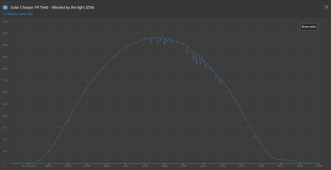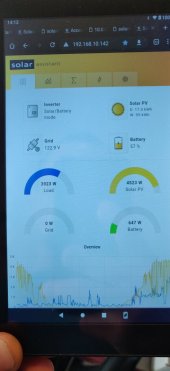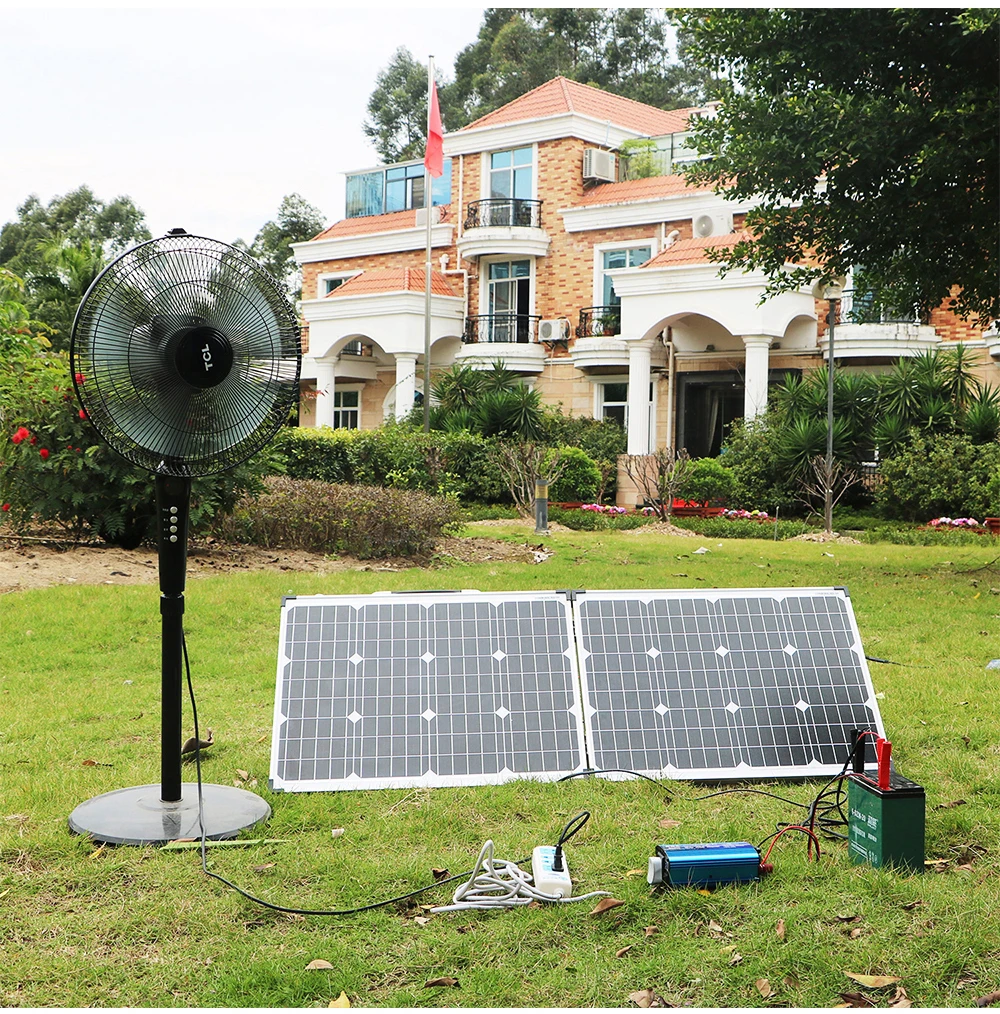Reggiereg36
New Member
- Joined
- Jun 22, 2022
- Messages
- 3
I have 1 eg4 6500ex, 1 eg4 lifepo4 battery, 1k watts of solar. My system is 100% off grid and located in my garage. I mainly you my system to power my portable a/c when I am in the garage working out. When I am charging my batteries and turn on my portable ac, the batteries stop charging when the a/c compressor turns on. I called signature solar and I was told that I cant charge and discharge the batteries at the same time. I just wanted to confirm this. If this is true that means I cant run any loads while I am charging? Is there any way around this?
Any input would be appreciated.
Any input would be appreciated.






